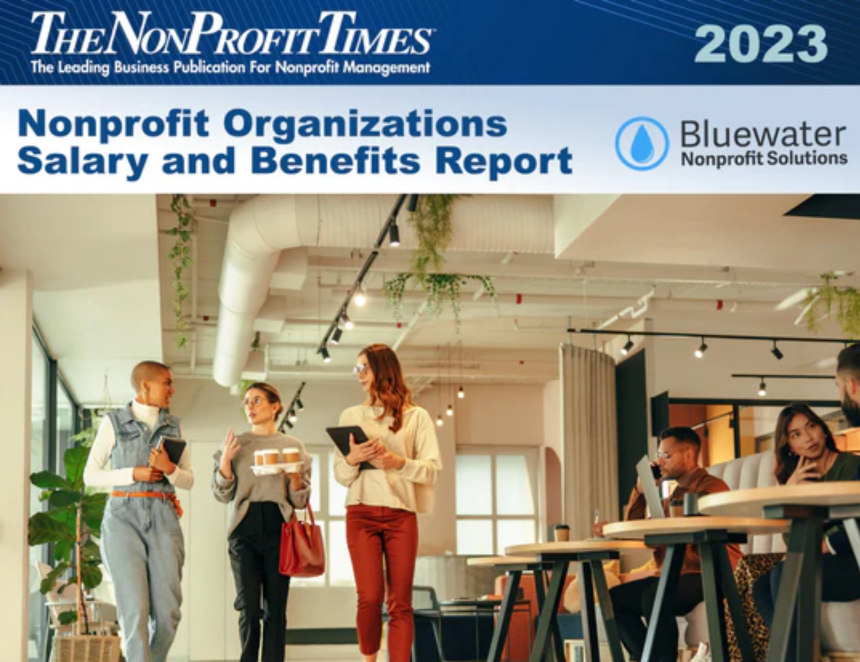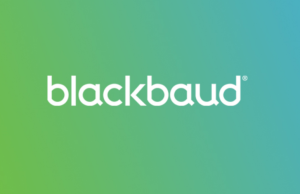Nonprofit managers face increasing challenges when it comes to promoting causes, attracting donors, and engaging supporters. Unfortunately, traditional marketing tactics might no longer be as effective to capture attention.
To stay relevant and competitive, nonprofits need to embrace innovative marketing strategies that resonate and drive meaningful engagement. Let’s explore three innovative marketing strategies for nonprofits, according to Jackie Sue Griffin, owner and executive director at JSG & Associates in Tampa, Florida
- Leveraging Social Media Advocacy Campaigns
Social media platforms have become powerful tools to raise awareness, mobilize supporters, and drive action. However, with the ever-changing algorithms and saturation of content, it can be challenging to cut through the noise and capture the attention of followers. One innovative approach that you can take is to leverage social media advocacy campaigns.
Instead of solely relying on the organization’s account to post messages, empower supporters to become advocates for the cause. By providing them with shareable content, engaging storytelling, and clear calls to action, you can mobilize followers to amplify the message across social networks. This grassroots approach not only extends the reach of the campaign but also fosters a sense of ownership and community among supporters.
For example, a nonprofit working to combat climate change could launch a social media advocacy campaign encouraging followers to share personal stories about how climate change has impacted their lives. By using a branded hashtag and providing resources for creating compelling content, the nonprofit can spark conversations, raise awareness, and inspire action within their online community.
- Embracing Interactive Content
You can leverage interactive content such as quizzes, polls, surveys, and interactive videos to capture attention, educate supporters, and collect valuable feedback. For instance, an organization focused on education could create an interactive quiz to raise awareness about the importance of literacy.
By incorporating thought-provoking questions, informative answers, and visually appealing design, the quiz can serve as an engaging educational tool while also promoting the organization’s mission and programs.
- Partnering With Influencers And Collaborators
Influencer marketing has emerged as a powerful tool to expand reach, tap into new audiences, and build credibility. By partnering with influencers, thought leaders, and collaborators in the community who share their values and mission, nonprofits can amplify their message and leverage the influencer’s existing network and influence.
For example, a nonprofit focused on animal welfare could partner with a popular pet influencer to raise awareness about pet adoption and responsible pet ownership. Through sponsored content, live streams, and collaborative campaigns, the organization can reach a broader audience of pet lovers and inspire them to take action in support of animal welfare initiatives.
Additionally, you can explore collaboration opportunities with other organizations, businesses, and community groups to amplify their impact and resources. By pooling expertise, networks, and resources, nonprofits can tackle complex issues more effectively and create meaningful change in their communities.
By embracing innovative marketing strategies such as social media advocacy campaigns, interactive content, and strategic partnerships, you can elevate your marketing efforts, amplify their impact, and inspire action among their supporters.
As the digital landscape continues to evolve, nonprofits must stay nimble, creative, and forward-thinking in their approach to marketing to effectively advance their missions and create positive change in the world.










